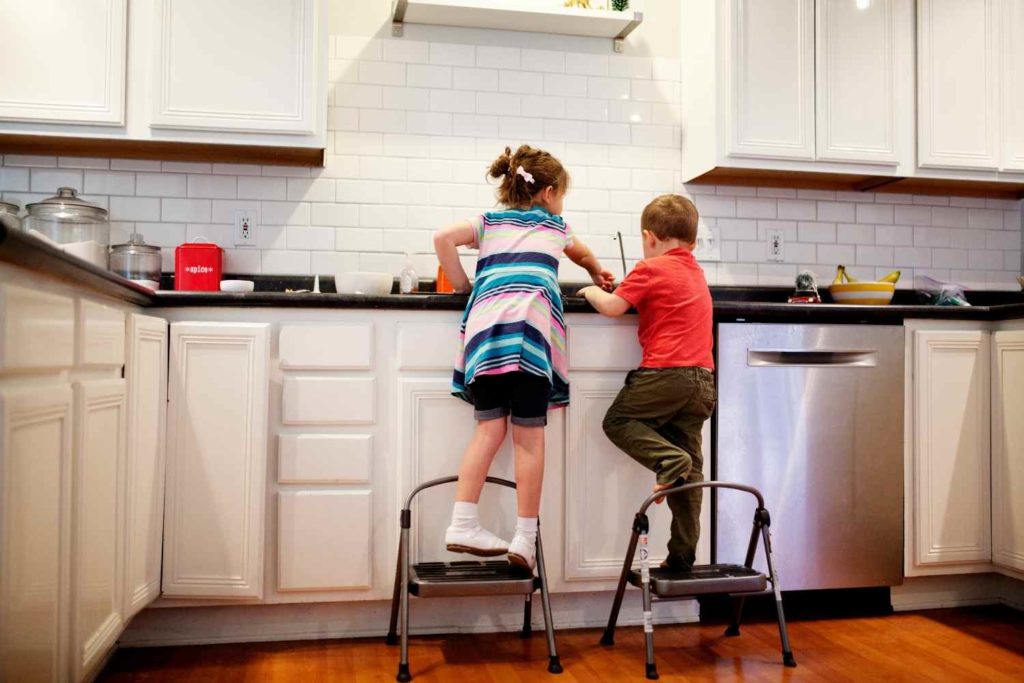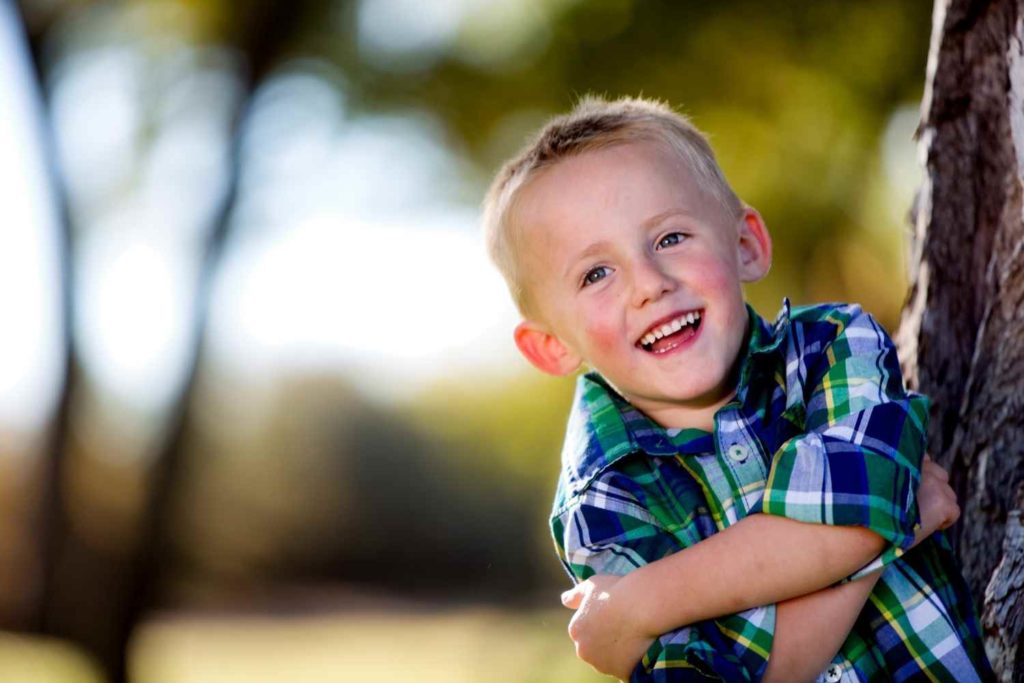Chores for 3 year olds are an excellent way to teach 3-year-old discipline. And they can help to keep your house clean. Three-year-olds are not particularly helpful. They have a lot of free time and energy, but their abilities are limited. Their attention wanders, they don’t understand instructions, and they will insist on doing things their way. They are mastering the art of using a knife and fork. And they are starting to develop some independence around bedtime, for instance, by being able to get undressed by themselves before bath time.
Do you have the same problem in your house? I know it well — kids who are too young to do their chores but old enough to be helpful around the house. So I’ve been thinking of a way to get my 3-year-old son to help out a little more around the house. I thought about paying him or letting him earn points that he can turn in for toys or candy, but those ideas have been done before. Instead, I will use a concept I learned from my high school history teacher. He used to tell us that he would pay us $5 if we could think of a better method of teaching history than he was currently using. That’s right – he would pay us $5 NOT to do our homework! This got me thinking — what if I told my son I would give him $5 if he decided not to do his chores this week? He wouldn’t receive any money for doing nothing – but wouldn’t it be cool if he did?
Chores are often thought of as a chore, but they’re essential for growing up. Kids who do chores develop a strong work ethic and a sense of responsibility. But how old should kids be before they start helping out around the house? This will depend on your family values, your child’s overall developmental level, and even how physically demanding the task is.
The American Academy of Pediatrics (AAP) advises parents to make family chores part of their children’s daily or weekly routine as soon as they can complete them. The AAP recommends that most children ages 2 to 6 years old can help pick up their toys after playing, for example. Children ages 3 to 4 years old might also be able to put away their clothes and help with dusting or vacuuming.
Here are some chores you might want to try with your child:
Unload the dishwasher:
Not many people know this, but most three-year-olds can do a passable imitation of an adult unloading the dishwasher. If you’re there to remind them to be careful with sharp knives, they can probably do better than adult-level.
It’s not that strange when you think about it. Babies are very good at learning things, and they learn best by watching adults. And while they spend their early years watching adults do all kinds of things, there’s one thing that almost every baby sees a lot of: adults unloading the dishwasher. So by age three, a kid has seen enough people unload the dishwasher that he could probably do it himself if he tried. But why would he? He doesn’t have to—you’ll do it for him. The only reason for him to try would be if he was bored and looking for something to do.
In other words, if you ask most three-year-olds how to unload the dishwasher, they innately understand how to do it already; what they don’t know is that you want it done.

Throw out groceries:
How can a 3-year-old throw out the groceries?
By himself, he can’t. But if you can get him to work with a 5-year-old, they can do it together. The division of labor works because the older child’s time is worth more. He has higher productivity and the ability to do grade school math. The 3-year-old has neither skill. But if you put all of the things together, you can pay the older child $8 an hour and have him supervise the younger one, for who you pay $5 an hour. This is not just a hypothetical example. This is how most of us work every day. We voluntarily cooperate with others to produce things that none of us could create alone and get paid according to our productivity.
Getting dressed themselves:
One of the challenges of getting dressed by yourself is knowing what to wear. Consider this question: why do people care about what they wear? Why does it matter if you’re wearing a T-shirt, a suit, or a spacesuit? The answer is that clothing serves as an external representation of your internal state. It’s like a status display. By looking at what you’re wearing, other people can tell something about who you are.
For example, when my three-year-old daughter wears her purple sweatshirt, she’s telling me: “I am sad.” She knows that if she doesn’t have that one when we go to school, I’m going to worry that she’s not OK. So she puts it on herself and tells me how she feels.
Another thing clothing tells you is whether someone is safe to be around. If you see someone wearing ripped jeans and a Metallica T-shirt, you might want to look out for them. Whereas if you see someone in a business suit, they’re probably safe to be around – unless they’re carrying a briefcase with sharp edges. This is one reason why dressing up usually makes you feel more confident and assertive: it changes how others perceive you.
Wiping up spills (with supervision):
The three-year-old put a towel on the floor and wiped up the spill. This is not an accident: a good fraction of what a toddler does is practice for grownup life.
And if you are wondering why this seems to work so well, welcome to the world of natural inference. The reason toddlers seem like they’re learning faster than adults is that they are learning faster than adults. At this very point, you might be wondering: why would evolution set things up this way? Why couldn’t we know at a steady rate all our lives? One possibility is that it’s simply more efficient to learn slowly when you have less to learn and faster when you have more. But I think there’s more to it than that.
Learning at a super-fast rate isn’t just valuable for childhood; it’s also valid for those occasional periods when you’re taking on something new as an adult.

Feeding a pet:
Here’s how a three-year-old can feed a pet. First, the three-year-old gets the food. Next, the three-year-old opened the food. After that, the three-year-old pour the food into the bowl. Then, the three-year-old watches TV while eating cereal. Finally, the three-year-old put away the food in the pantry. It is as easy as that!
Pro trip for training a child for chores:
A few months ago, I wrote a decision to start giving my three-year-old son an allowance. The `experiment has been going well so far; he’s getting pretty good at counting his money, and he even saved up a dollar to buy a toy all by himself.
Whether giving kids an allowance and how much to provide them with is common among parents. But once you’ve decided to give your kid an allowance, the next question is: What should they do with it? One answer is to save it, but that’s not always the right decision if you want your kid to learn how to spend money wisely. It can be hard to stick to a budget when starting. And if you have trouble saving money, it can be even more complicated when you have little or none coming in. So I suggest giving kids some spending money and some for saving. You can help encourage that by giving them money for doing chores around the house, like keeping their room clean or setting the table for dinner. With my son, we put aside some of his allowance for savings and let him keep the rest so he can buy whatever he wants at the store.









